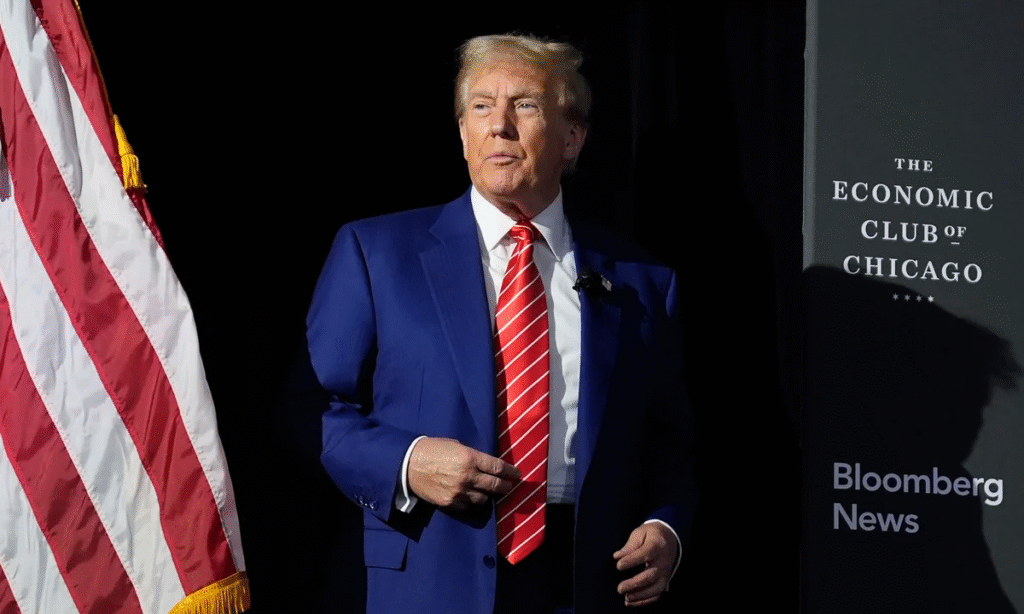In a major announcement this week, former President Donald Trump outlined his bold energy plan for 2025, placing nuclear power at the center of America’s energy future. His vision signals a renewed focus on energy independence, national security, and clean energy innovation—while also aiming to bring back thousands of American jobs.
During his address, Trump described nuclear energy as a “cornerstone of American strength,” calling it reliable, safe, and necessary for the country’s growth. His plan includes building new nuclear power plants, investing in advanced nuclear technology, and reducing dependency on foreign energy sources.
Why Nuclear, and Why Now?
Nuclear energy is gaining attention again because it produces electricity without carbon emissions and can run continuously—unlike solar or wind, which depend on weather conditions. Trump highlighted this as a key reason why nuclear should be the backbone of the U.S. energy system in the coming years.
In the past, nuclear projects were often delayed due to high costs, public safety concerns, and complex regulations. But recent advancements in reactor technology—especially Small Modular Reactors (SMRs)—offer a more cost-effective and scalable solution. Trump emphasized that these innovations would play a major role in the rollout of new energy facilities.
Boosting Energy Independence
Trump said the U.S. needs to stop relying on countries like China and Russia for energy resources. His 2025 plan focuses on building America’s own energy infrastructure. He believes that strong nuclear development will reduce oil imports and protect the U.S. from global energy price fluctuations and foreign political pressure.
By supporting local uranium mining and fuel processing, the U.S. could regain control over the entire nuclear supply chain—something Trump sees as vital for national security.
Job Creation and Economic Impact
One of the biggest highlights of Trump’s nuclear vision is its potential to create jobs. From construction and engineering to ongoing operations and research, the plan could generate thousands of high-paying jobs across the country.

Trump also spoke about bringing manufacturing jobs back to the U.S., noting that nuclear plant construction would give a boost to steel, electronics, and specialized engineering industries. States that were once part of America’s industrial heartland could benefit the most.
Public Safety and Regulation
Trump acknowledged public concerns about nuclear safety but reassured citizens that modern nuclear plants are much safer than those built decades ago. His plan includes working with experts to improve safety standards and streamline regulations without compromising oversight.
He also called out current federal red tape as one of the reasons why energy projects take too long. His administration, if elected in 2025, would prioritize regulatory reforms to make approvals faster and more transparent.
The Global Picture
Countries like France, South Korea, and even China are already investing heavily in nuclear energy. Trump warned that if the U.S. doesn’t act now, it risks falling behind in the global energy race. He promised to put American companies and workers first by ensuring that the U.S. becomes a global leader in nuclear innovation and exports.
What Comes Next?
The plan has sparked strong reactions. Supporters see it as a practical and much-needed step to modernize the U.S. energy system. Critics worry about the environmental risks, waste management, and cost of nuclear development.
Still, one thing is clear: Trump’s 2025 energy vision has reignited national debate about the role of nuclear power in America’s future. Whether this plan takes full shape depends on upcoming elections, industry cooperation, and public response. But the message is loud and clear—nuclear energy is back in the spotlight, and the U.S. may be headed toward a major energy transformation.




